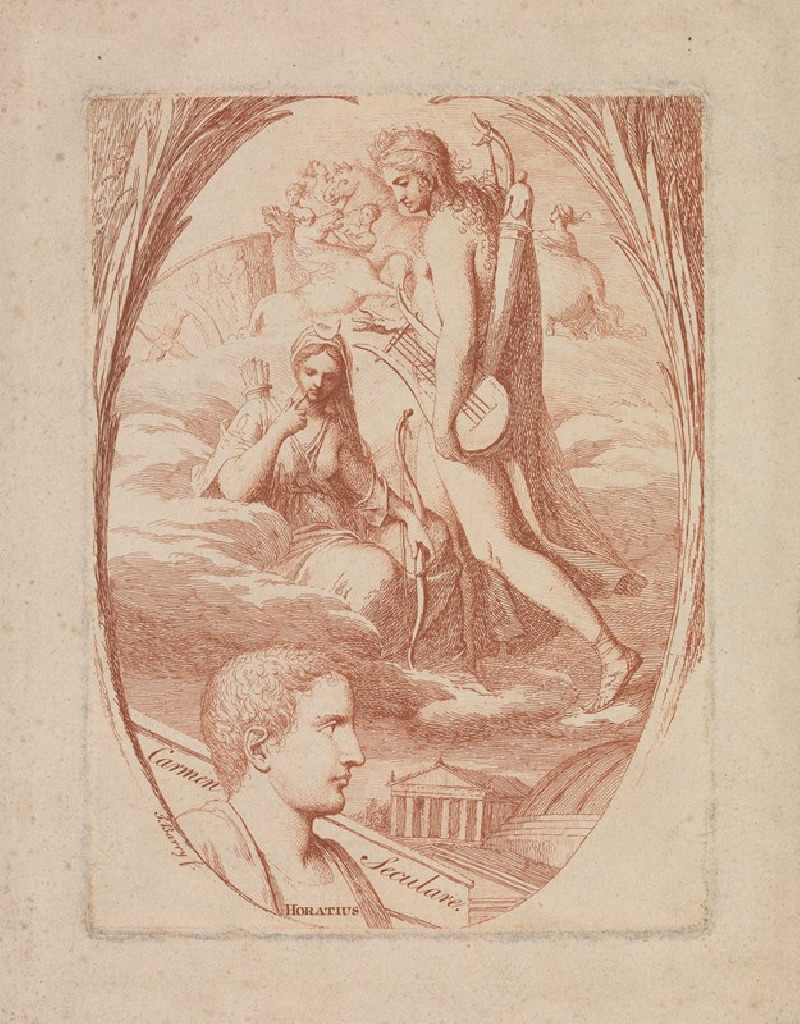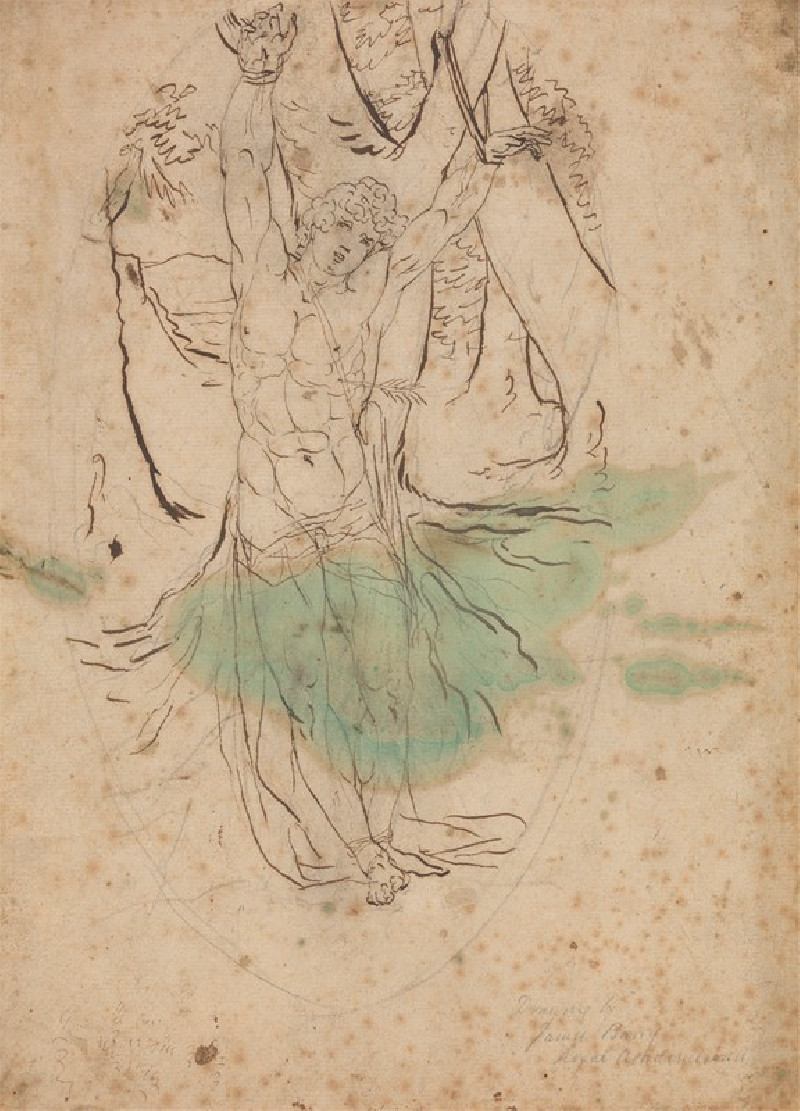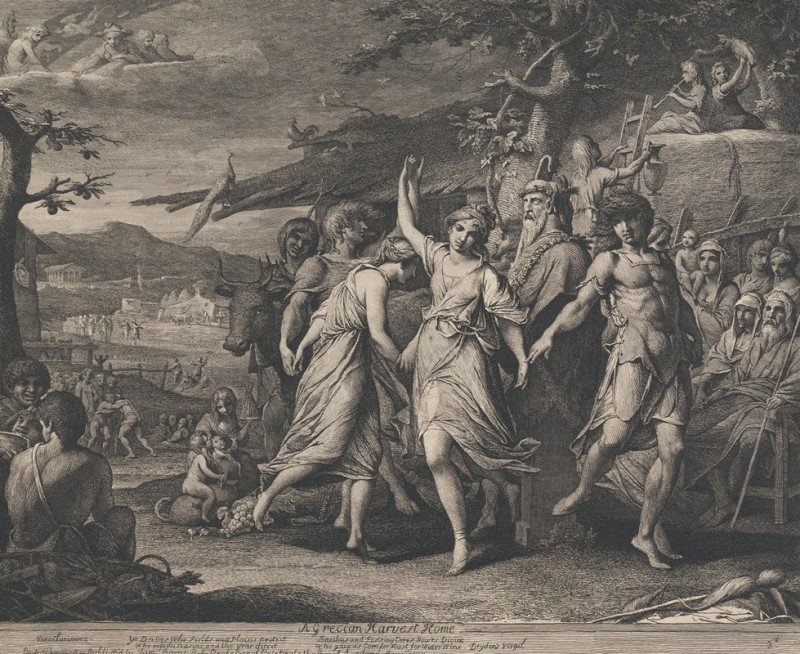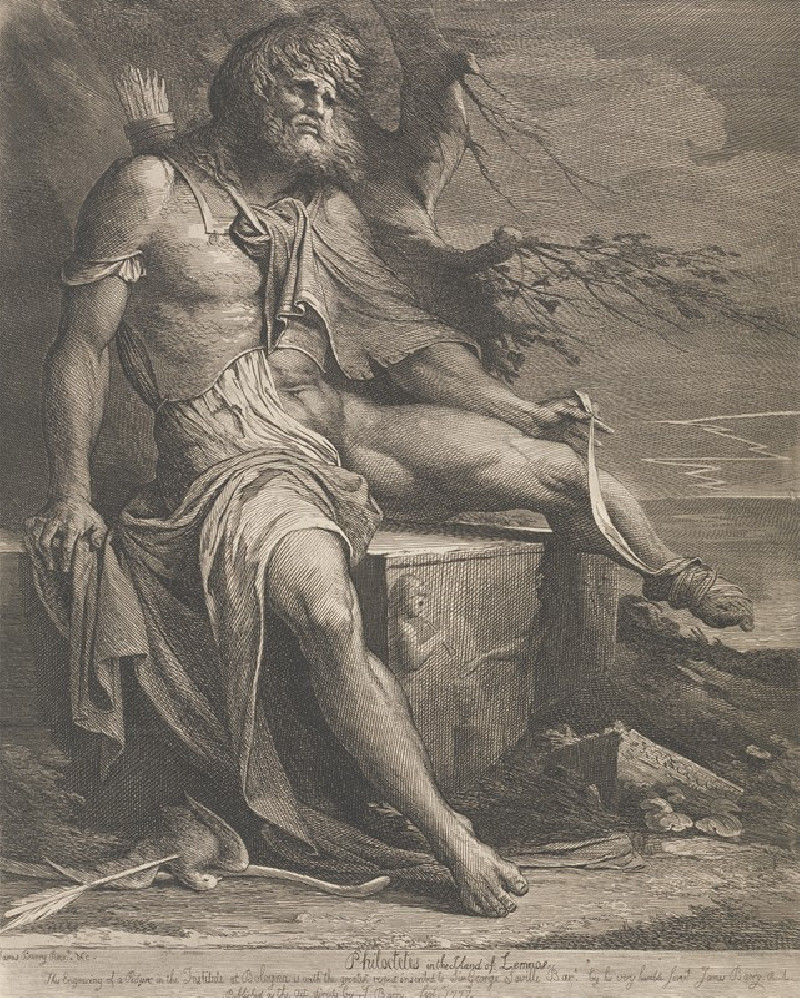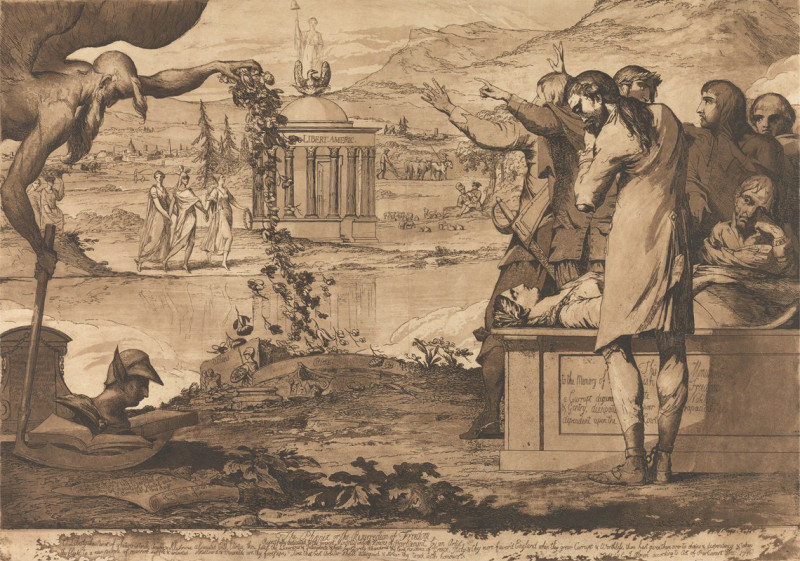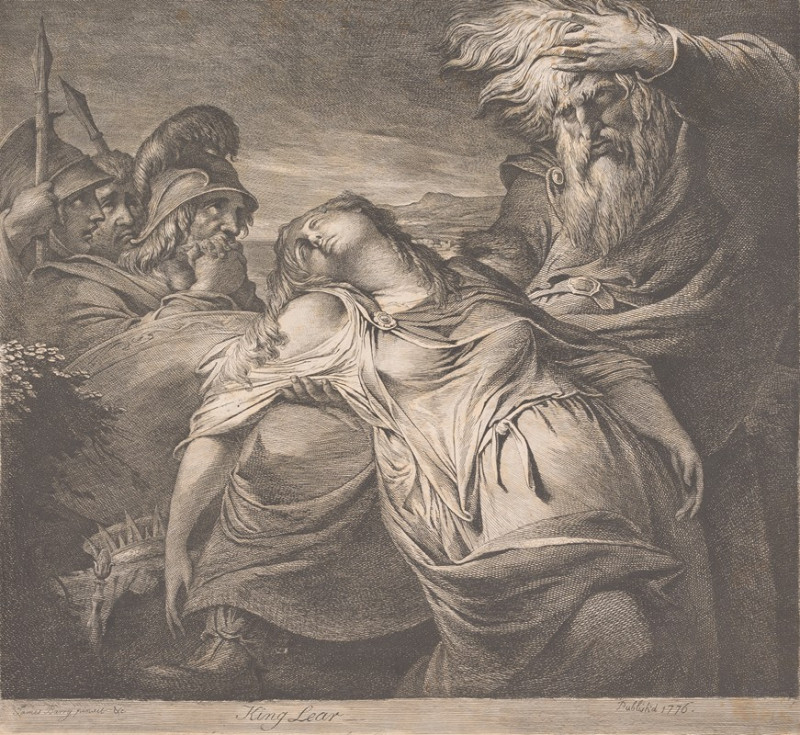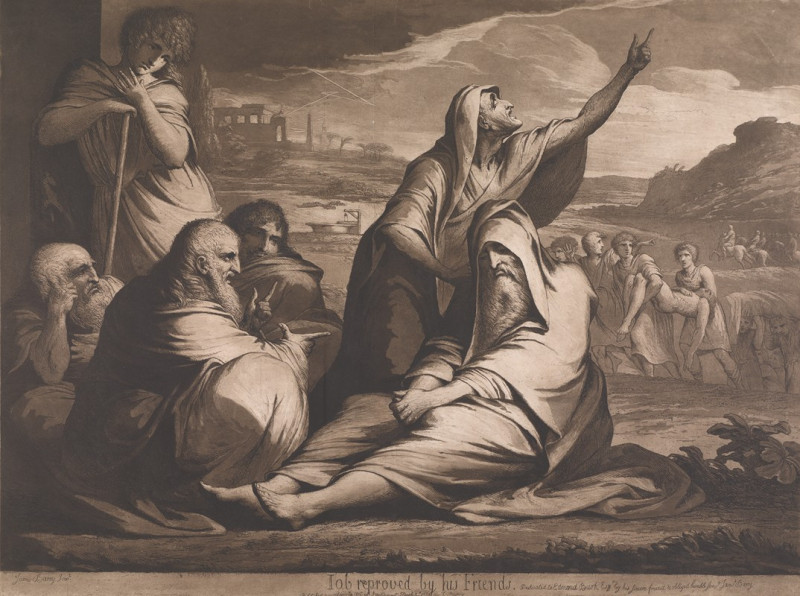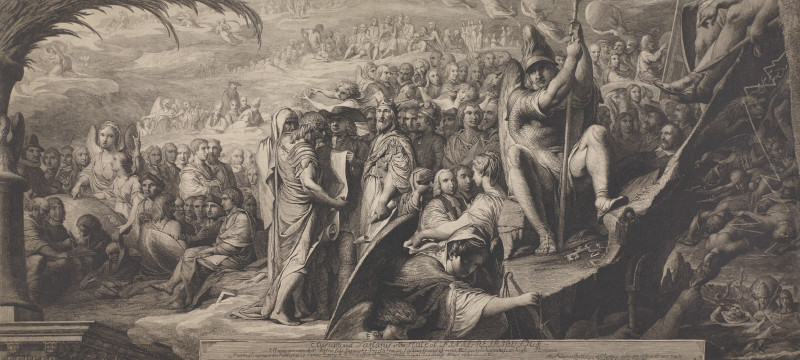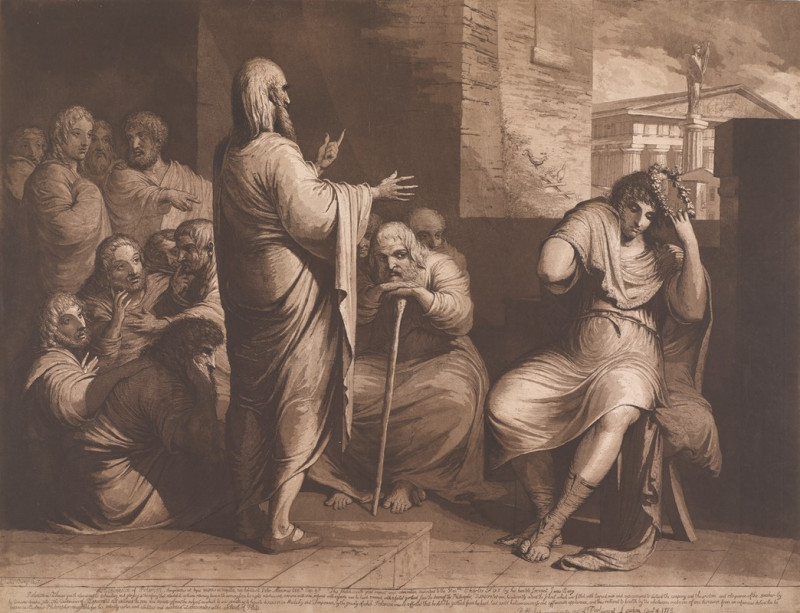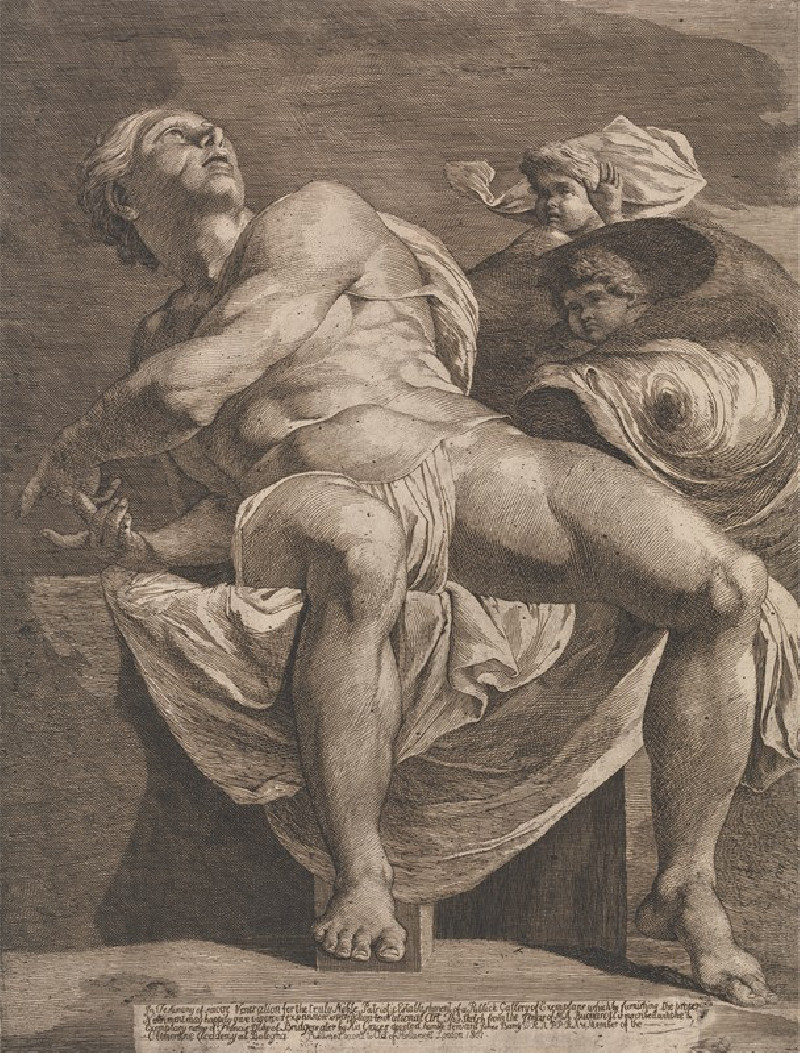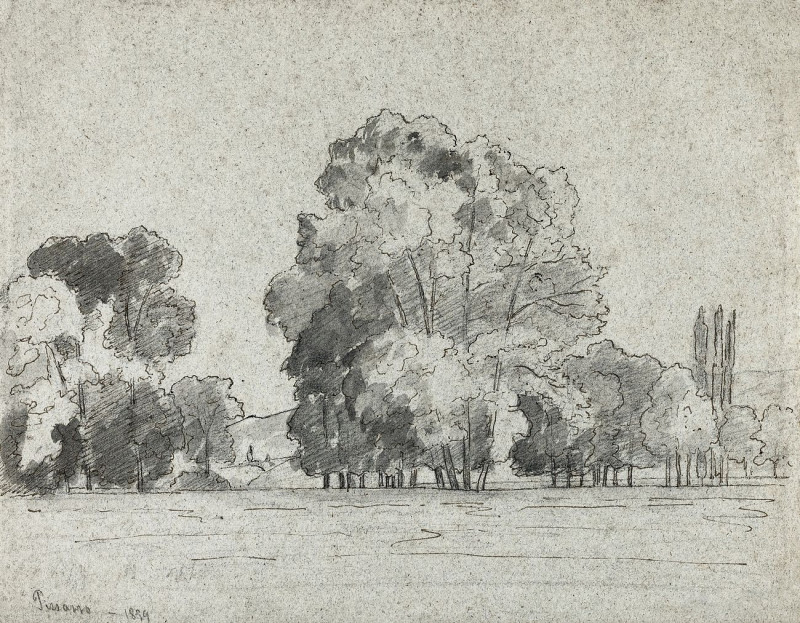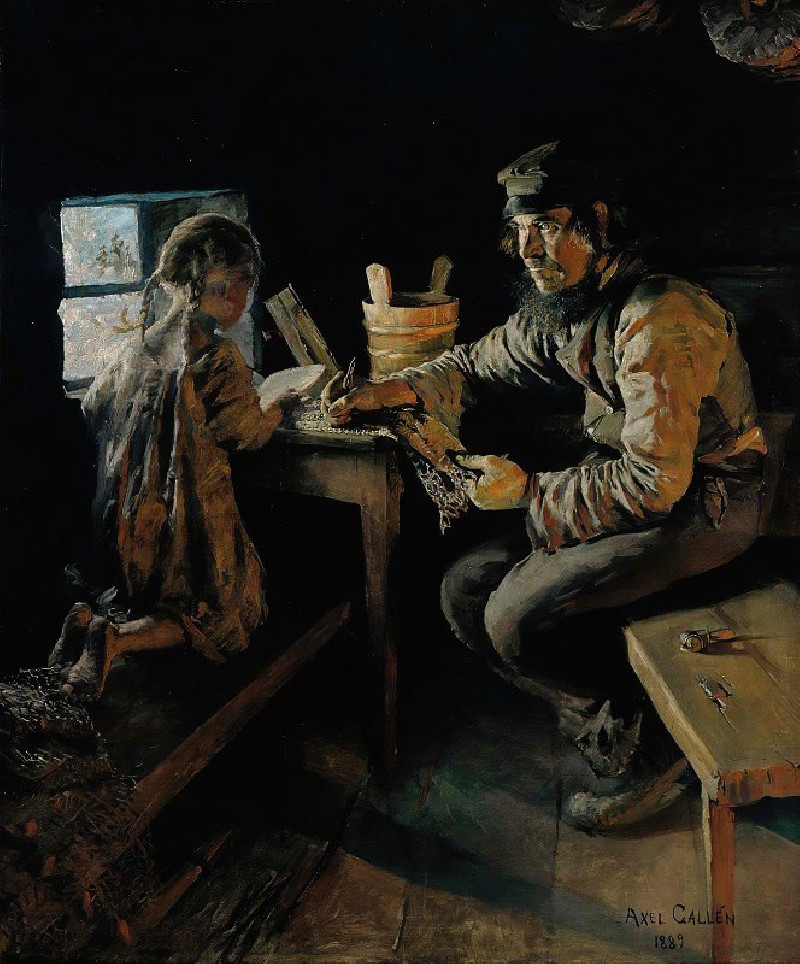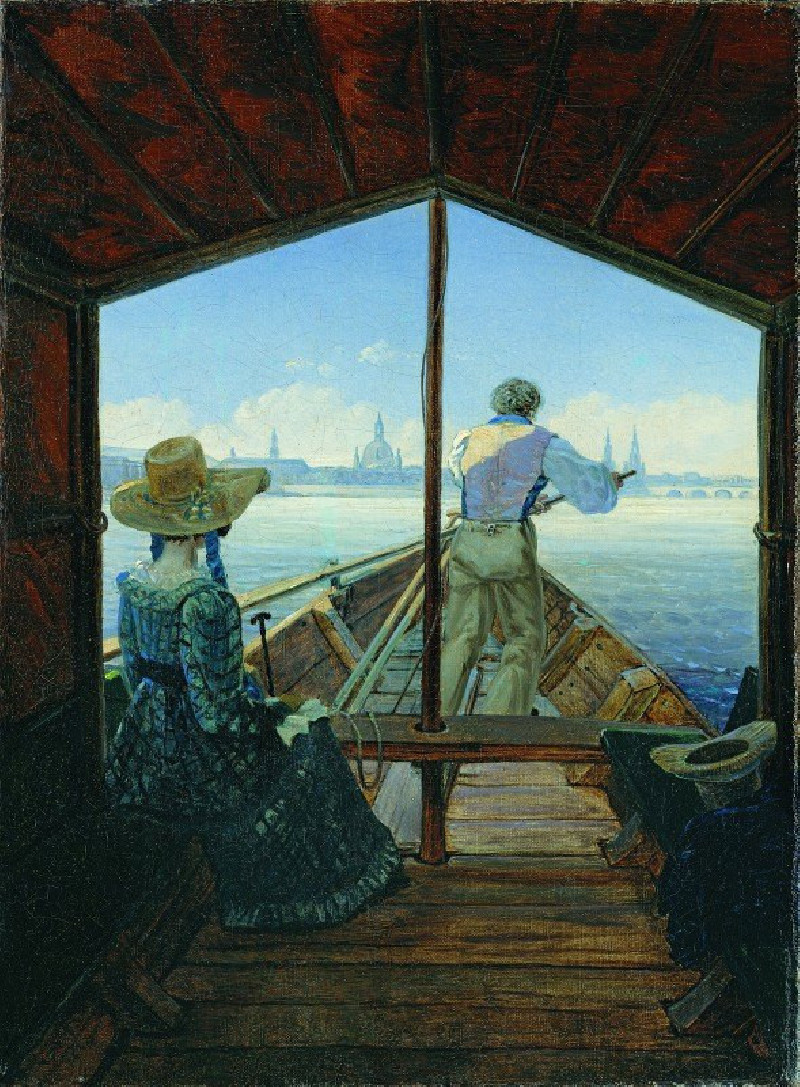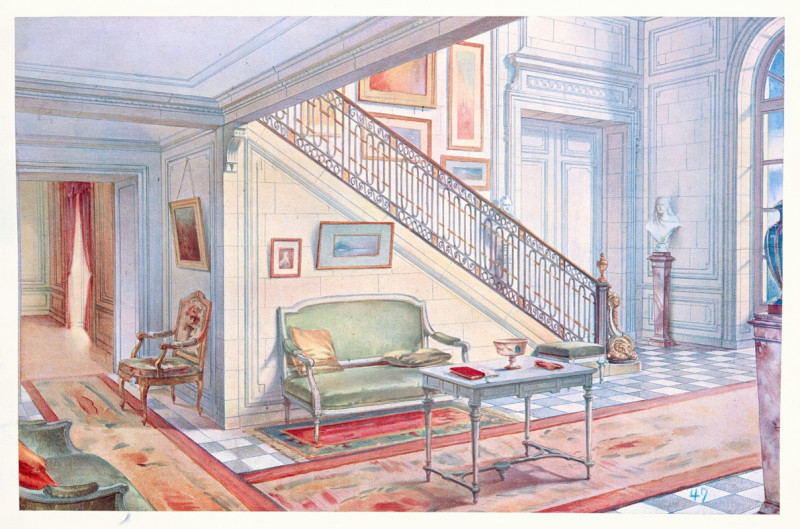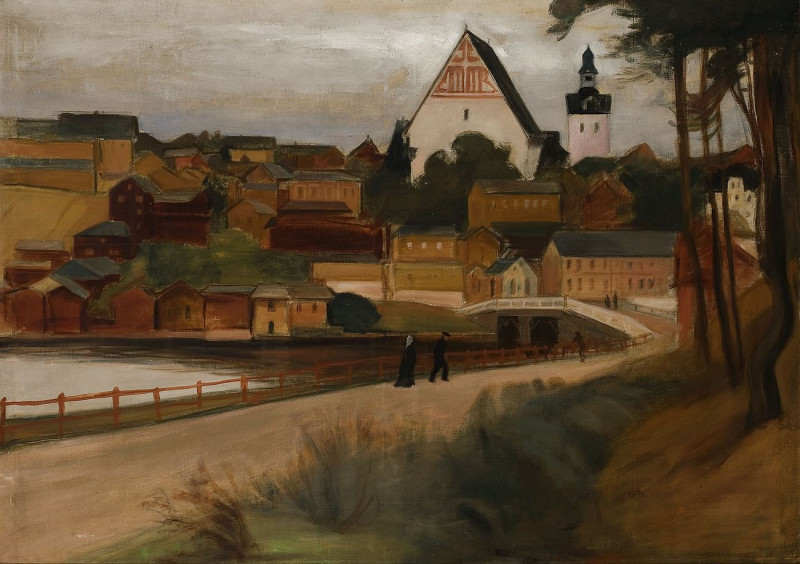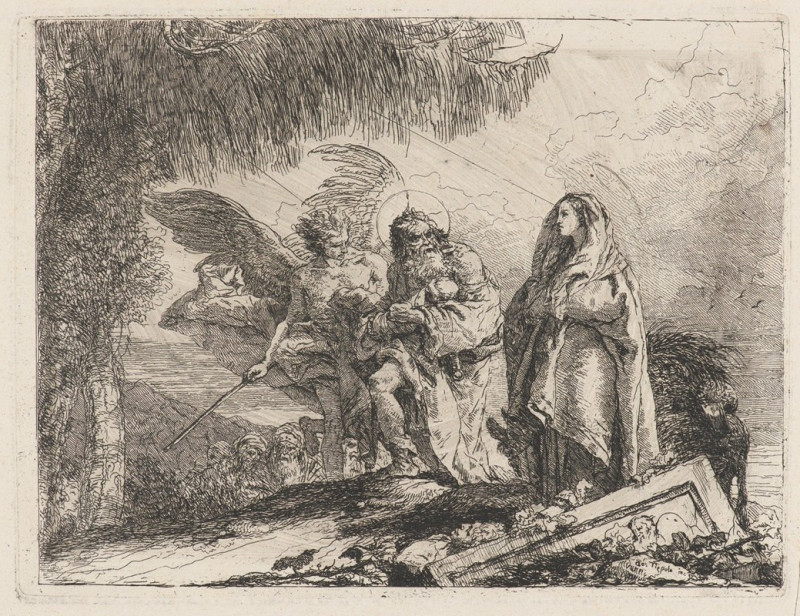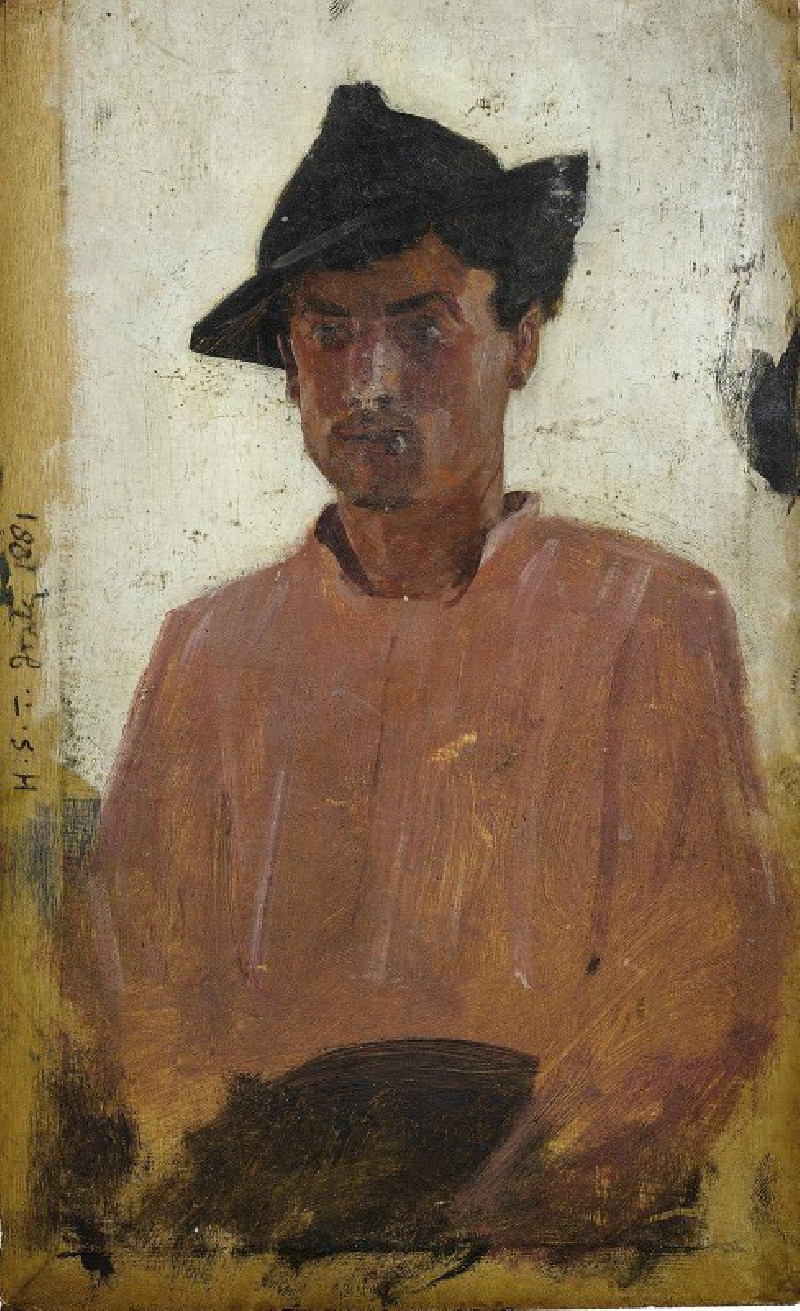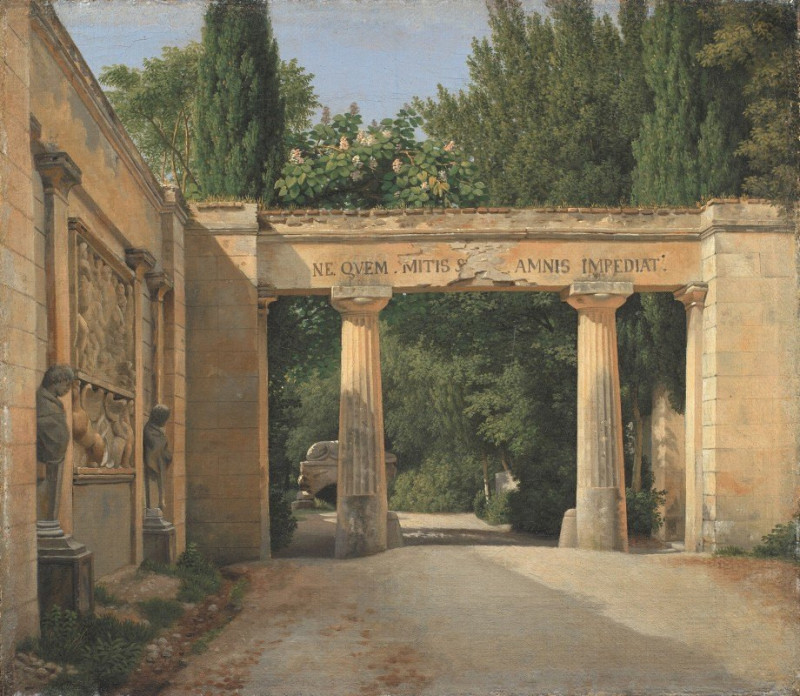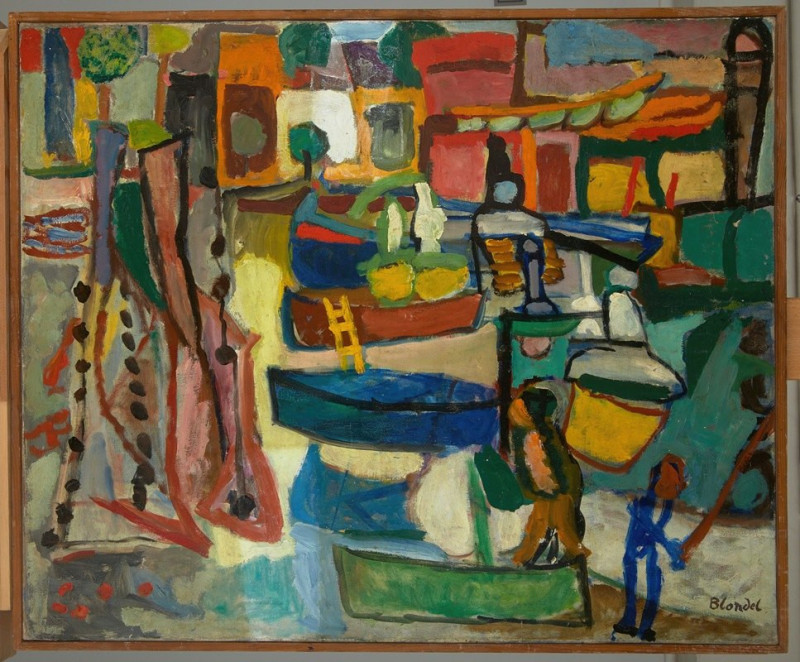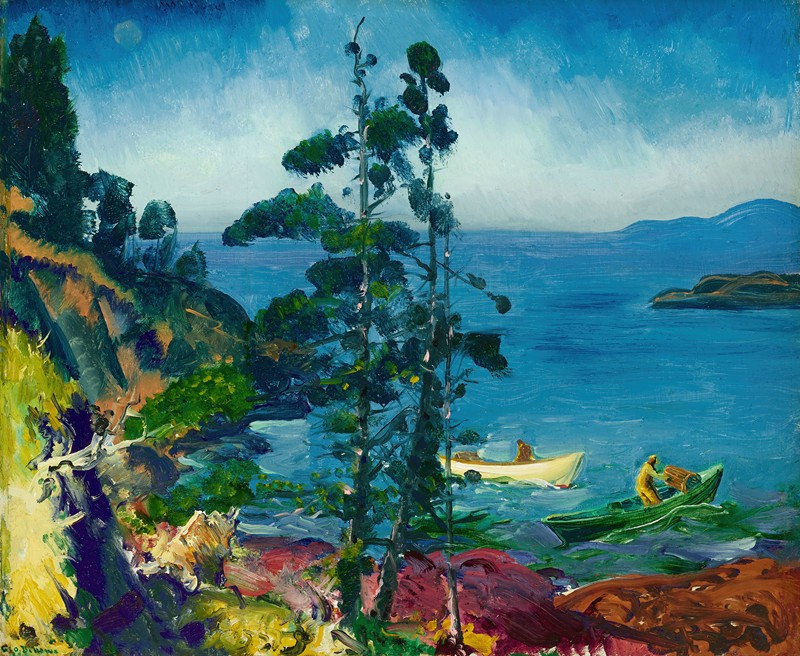Jupiter and Juno on Mount Ida (c. 1809)
Technique: Giclée quality print
Recommended by our customers
More about this artwork
1809"Jupiter and Juno on Mount Ida," crafted by the distinguished Irish artist James Barry around 1809, is a compelling etching that beautifully captures the intimacy and divine essence of its mythological subjects. This evocative artwork transports viewers to the mythical Mount Ida, where Jupiter, the king of the gods, is depicted in a tender embrace with his wife, Juno, the goddess of marriage and childbirth.The etching exudes a sense of romance and regal dignity, illustrating the close physical and emotional bond between the deities. Jupiter, with a robust and powerful presence, is portrayed with a gentle expression, gazing affectionately at Juno. Juno, elegantly draped in flowing garments that highlight her grace and beauty, returns his gaze, her face reflecting a mixture of affection and contemplation. The detailed rendering of their facial features and the soft, fluid lines used to depict their clothing enhance the romantic atmosphere of the scene.Barry's skill in using chiaroscuro adds depth and texture to the composition, accentuating the figures against the softly shaded background of Mount Ida. This setting not only underscores the grandeur of the deities but also creates a serene backdrop that contrasts with the emotional intensity between Jupiter and Juno.This captivating etching not only reflects James Barry's mastery of the etching medium and his profound appreciation for classical mythology but also evokes a timeless narrative of love and unity in the divine realm, resonating with viewers across centuries.
Delivery
Returns
James Barry (11 October 1741 – 22 February 1806) was an Irish painter, best remembered for his six-part series of paintings entitled The Progress of Human Culture in the Great Room of the Royal Society of Arts in London. Because of his determination to create art according to his own principles rather than those of his patrons, he is also noted for being one of the earliest romantic painters working in Britain, though as an artist few rated him highly until the fully comprehensive 1983 exhibition at the Tate Gallery led to a reassessment of this "notoriously belligerent personality”, who emerged as one of the most important Irish artists. He was also notable as a profound influence on William Blake.




